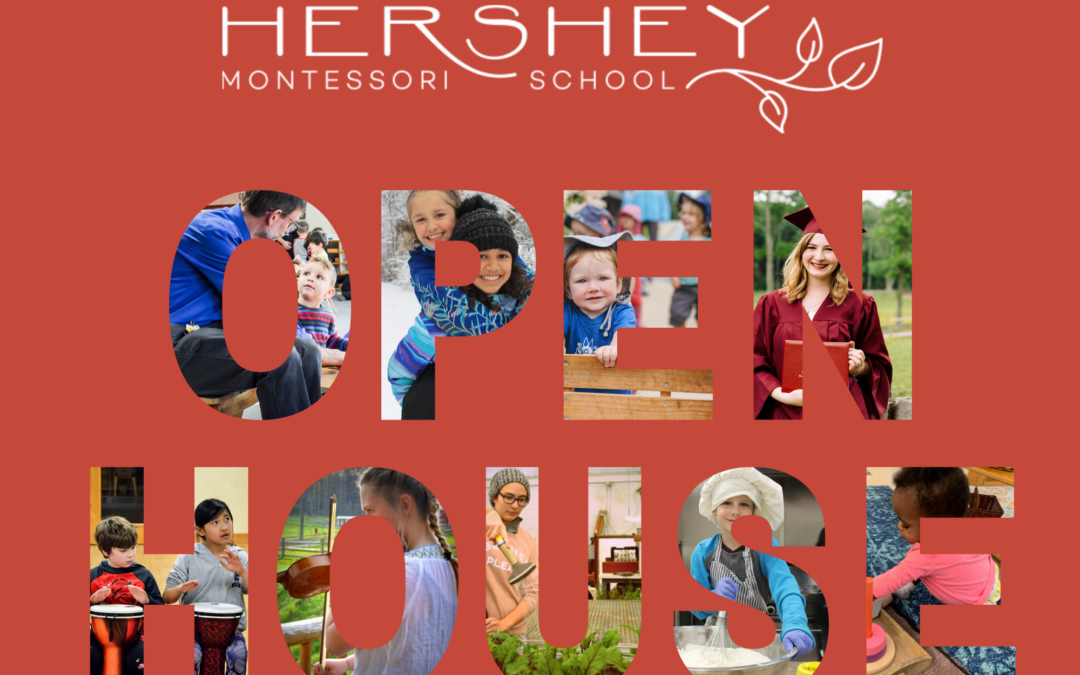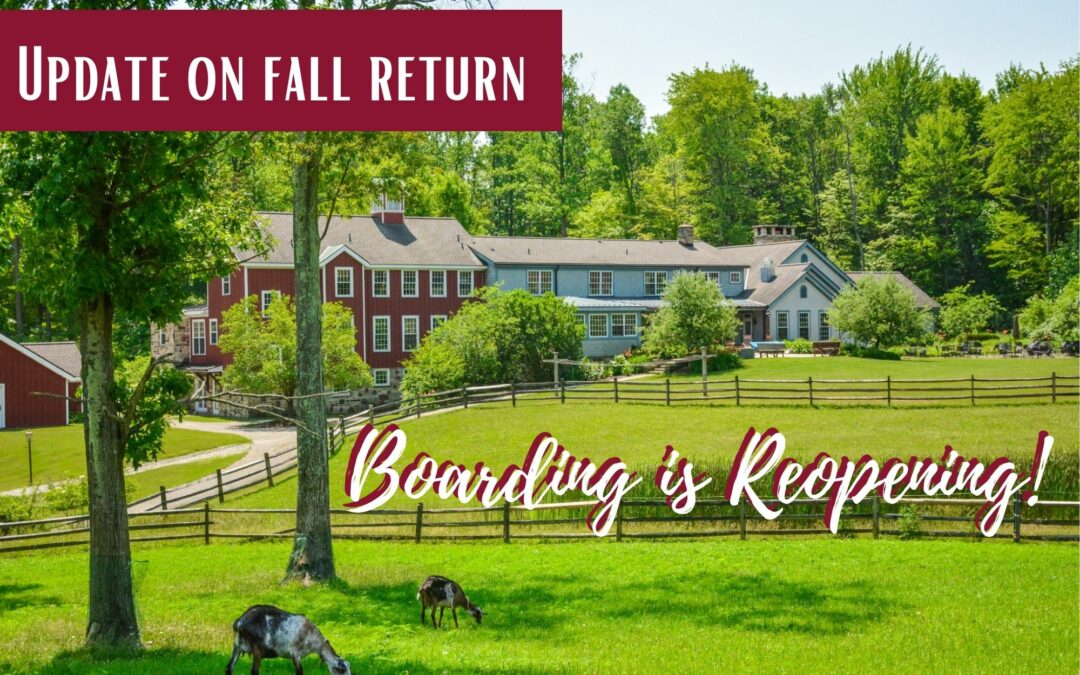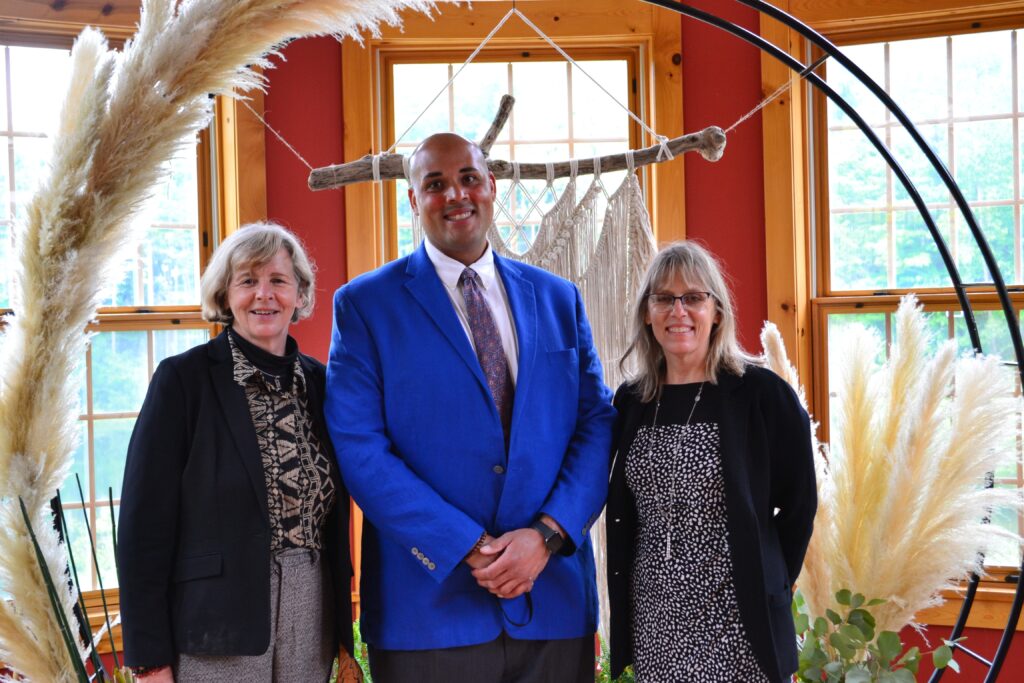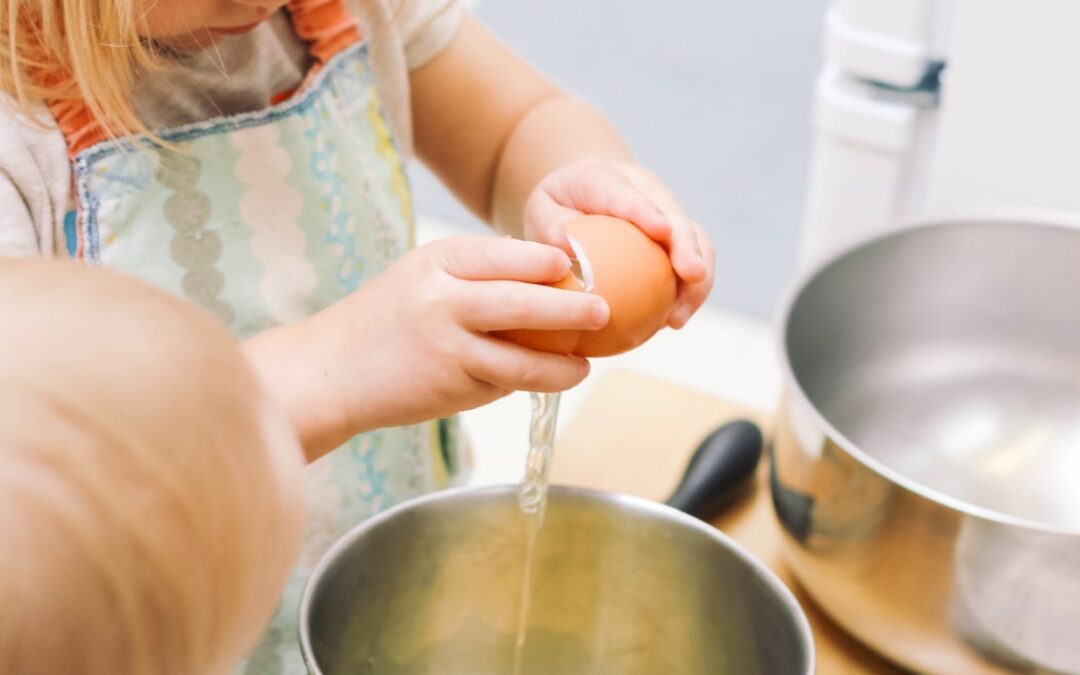
Open Houses Are Scheduled
Hershey Montessori School open houses are scheduled through May 2022.
Registration is required.
OPEN HOUSE DATES
- September 18th | 1:00 – 3:00 pm
- October 16th | 1:00 – 3:00 pm
- February 5th | 1:00 – 3:00 pm
- March 5th | 1:00 – 3:00 pm
- April 9th | 1:00 – 3:00 pm
- May 7th | 1:00 – 3:00 pm
- September 18th | 10:00 am – 12:00 pm
- October 16th | 10:00 am – 12:00 pm
- February 5th| 10:00 am – 12:00 pm
- March 5th | 10:00 am – 12:00 pm
- April 9th | 10:00 am – 12:00 pm
- May 7th | 10:00 am – 12:00 pm
What Is an Open House?
An Open Houses is a set time for prospective parents and students to visit our school campus to learn more about Hershey Montessori School’s curriculum and culture. The Open House is structured to provide a better understanding of what a school has to offer. There are numerous benefits of attending these school open houses, many of which cannot be achieved by simply browsing a school’s website. Not only do open houses allow you to see the campus, but they also provide valuable insight into the programs and culture of each school.
What Are the Benefits of Attending an Open House?
Prospective families and students benefit greatly by attending a Hershey Montessori School Open House. There is only so much that can be learned from literature, browsing a website and its videos, or even peer reviews. An in-person visit provides greater understanding through physical experience.
When participating in a school Open House event:
- You have face-to-face dialogue with school personnel and sometimes students.
- You experience authentic classroom settings.
- You learn more about the curriculum and will be able to differentiate between Hershey Montessori School and other schools.
- You will gain a clearer understanding of the school’s values and its approach to education.
- You will learn what outcomes can be expected from our Montessori education model.
- You learn how the school communicates with you about your child’s educational progress.
- You will get a feel for the culture of the school.
- You will learn things that help you in your decision-making process.
- You are given the opportunity to ask questions.
- You will meet some really nice people! 🙂
What to Expect
Upon arrival, and in keeping with current CDC guidelines, we will take your temperature (a temperature of 100⁰F or greater will result in a reschedule of your visit) and provide you with hand sanitizer. Face-coverings and physical distancing when interacting with others will be required.
You will be given a tour of the school building(s) and see our Montessori classrooms as well as our outdoor space that provides much-needed, stress-reducing connections to nature. A presentation will be given as well as time for questions and answers.
Takeaways
Hershey students develop into confident, articulate leaders. Hershey Montessori School is known worldwide as a leader of Montessori education.
Attending a Hershey Montessori School Open House will inform and equip you to make the best decision for your child’s education. It will also allow you to visualize your child in the school setting and determine if it is a good fit. The feeling you get from being on campus will be an important indicator of whether the school is a good choice for your child and family. Ask questions, be open-minded, and trust your parental instincts.






